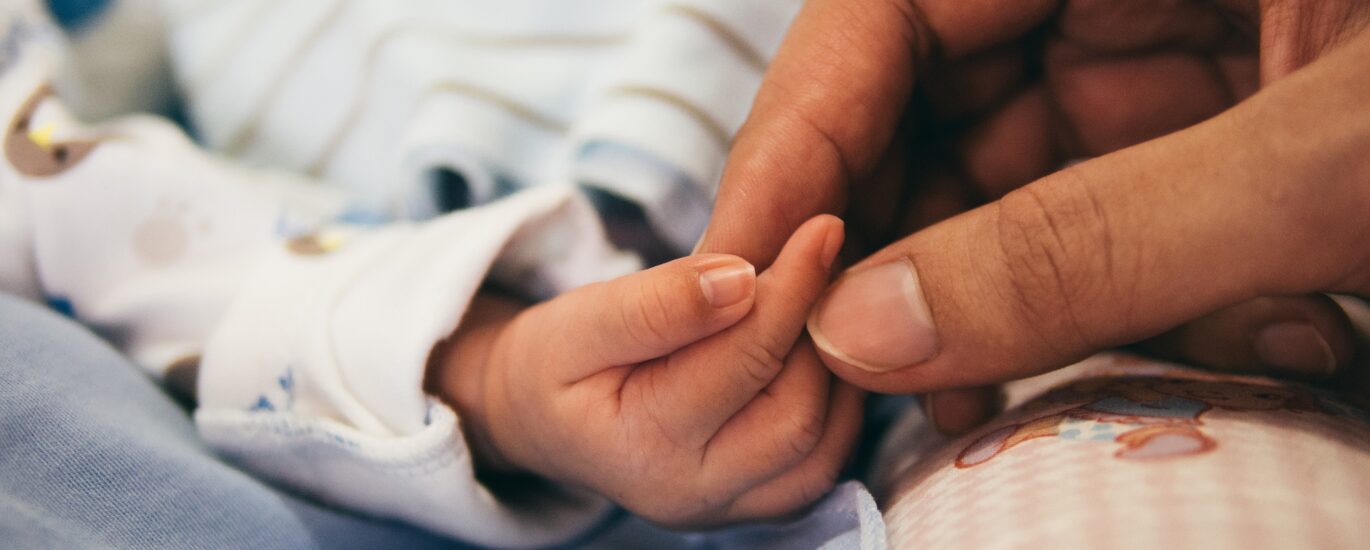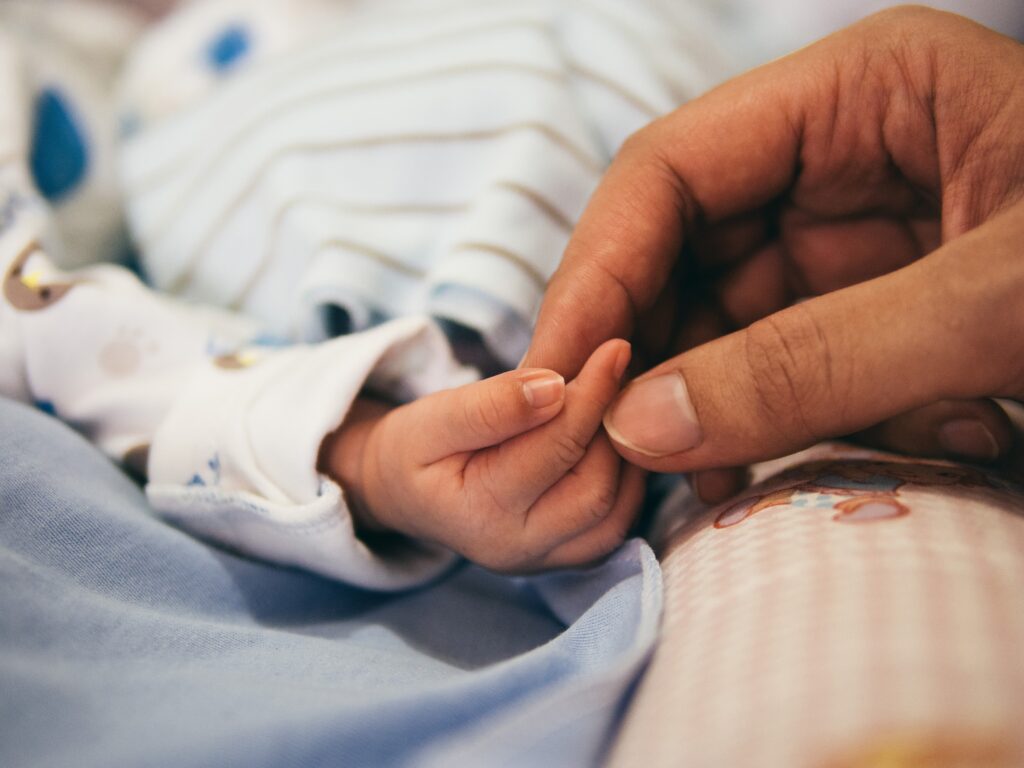Requests for employee leave of absences is one of the most common challenges faced by HR administrators. It also doesn’t help that there are often overlapping or conflicting employee rights regarding Family Medical Leave required by federal and state laws. That’s why we sat down with our HR Specialist, Gretchen Ferguson, to go over everything you need to know about family medical leave – including the recent changes that may impact your employees.
What’s the difference between FMLA & CFRA?
Both the FMLA (Family Medical Leave Act) an CFRA (California Family Rights Act) require covered employers with 50 or more employees to provide time off for personal illness, to attend to the illness of a family member, and in connection with the birth or adoption of a child. Both family and medical leave laws provide eligible employees with the equivalent of up to 12 weeks per year for:
- Bonding with a newborn, adopted child, or child placed for foster care
- Caring for a family member with a serious health condition
- The employee’s own serious health condition
- A qualifying event relating to a close family member’s military service (FMLA only)
Who’s covered under FMLA & CFRA?
FMLA and CFRA laws cover private employers with 50 or more employees on payroll for 20 or more calendar weeks in the current calendar year or the preceding calendar year as well as all public employers — regardless of the number of employees. This also includes employees on the payroll who received no compensation, part-time employees, commissioned employees and employees on leave who are expected to return to active employment.
Do the employees get paid during family medical leave?
Generally, family and medical leave, parental leave and pregnancy disability leave are unpaid. However, employees have certain rights to substitute accrued paid sick or vacation leave for the unpaid time. Employees who are enrolled in health insurance benefits are also entitled to continue receiving this benefit during their family medical leave.
What is California Paid Family Leave (PFL)?
California Paid Family Leave (PFL) provides up to 6 weeks of partial pay to employees who take time off from work to care for a seriously ill family member or to bond with a new child. These 6 weeks do not have to be consecutive.
There was a bill passed on January 1st, 2018 that also increases the Disability Insurance and Paid Family Leave wage replacement rate in California to approximately 60 to 70 percent — depending on the employee’s income. The maximum wage replacement rate is $1,216 per week for up to six weeks within any 12-month period. The bill also removes the 7-day waiting period for Paid Family Leave and will apply to claims with a start date of January 1, 2018 or after.
As a business owner, this doesn’t have much impact on you, but it does mean that your employees will potentially receive a higher percentage of their pay if they need to take time off for family or disability leave.
Have more questions about family medical leave? Give us a call at 619-222-0119.


